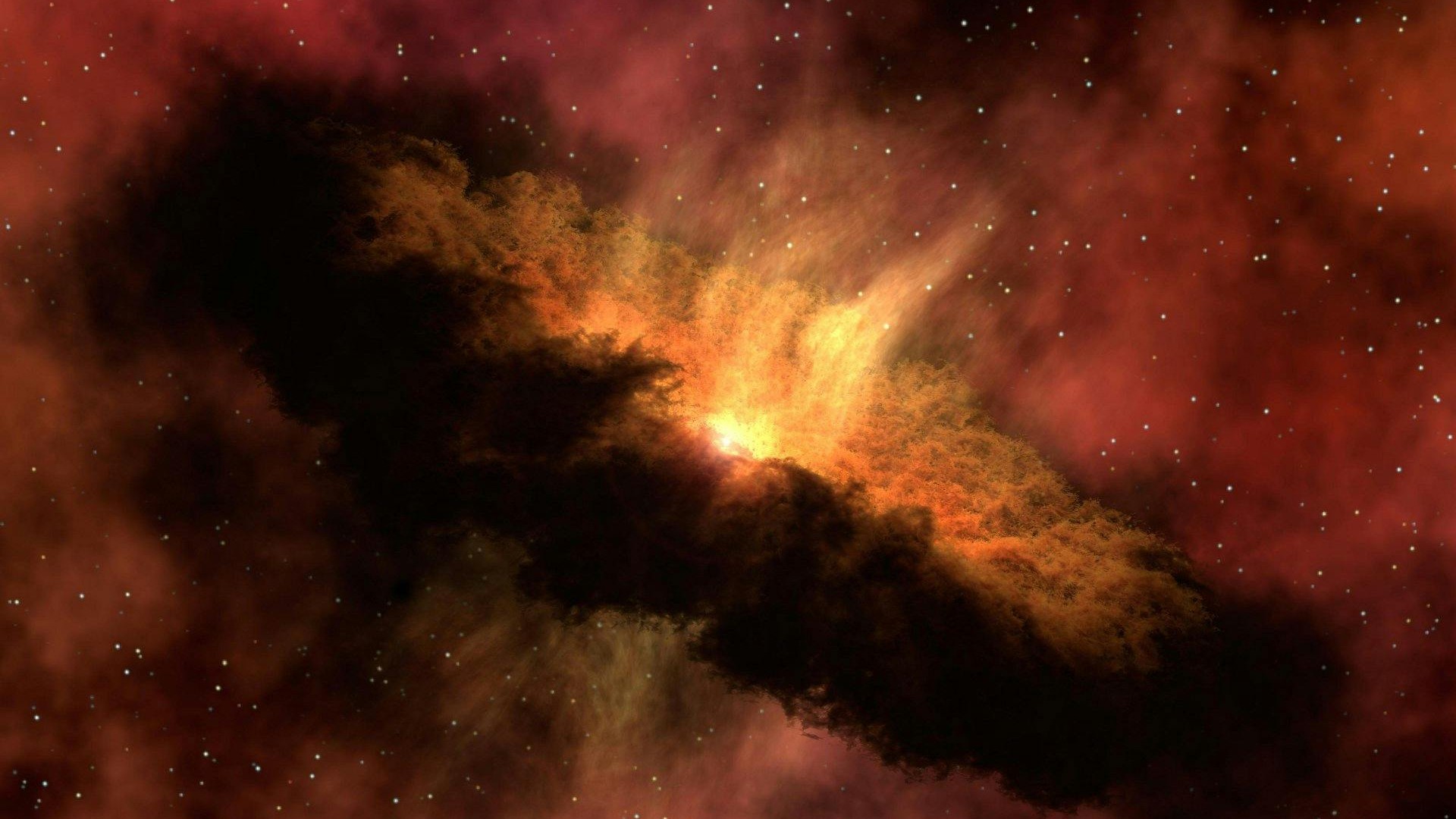The asteroid belt between Mars and Jupiter is experiencing a significant decline, according to a recent study that reveals the mass of this cosmic region is diminishing. Once thought to be a bustling collection of rocky remnants from the early solar system, the belt is thinning over time, prompting questions about its implications for Earth and the broader solar system.
Changing Dynamics of the Asteroid Belt
The asteroid belt formed billions of years ago from material that failed to coalesce into a planet, largely due to the gravitational influence of Jupiter. This area, rather than being a crowded space filled with debris, is mostly void, featuring a range of objects from tiny grains to the dwarf planet Ceres. Recent findings illustrate that only a small fraction of the original material remains, indicating a long-term trend of mass loss.
The study highlights several factors contributing to this erosion. Collisions between asteroids, gravitational interactions with Jupiter, and the complex dynamics of their orbits are all playing a role in gradually depleting the belt’s population. This process is subtle and occurs over aeons, reflecting a slow yet ongoing transformation in our solar system.
Importantly, the research indicates that new asteroids are not replacing those that are lost. Instead, the belt continues to shrink, altering its composition and dynamics. While this change may not have immediate effects on life on Earth, it poses intriguing possibilities for the future.
Implications for Earth and Beyond
The thinning of the asteroid belt could eventually lead to an increase in meteorite activity on Earth. Although most meteoric objects ignite upon entering the atmosphere, some do reach the surface, contributing to the planet’s geological history. This influx of material could add new layers to our understanding of cosmic processes.
Moreover, this gradual loss of mass offers insights into planetary evolution not just within our solar system, but also in others. The processes observed in our asteroid belt may be occurring in distant solar systems, shaping their planets and environments. The research emphasizes that the asteroid belt is a dynamic entity, rather than a static remnant of the past.
As scientists study the ongoing changes in the asteroid belt, they gain valuable knowledge about the fundamental mechanisms that govern solar system formation and evolution. The interactions that lead to the belt’s decline are likely universal, suggesting that similar forces are at work across the cosmos. Gravitational shifts, collisions, and orbital decay may ultimately determine the fate of numerous planetary systems throughout the universe.
In conclusion, while the gradual disappearance of the asteroid belt may seem like a distant concern, it serves as a reminder of the ongoing changes in our solar system. As astronomers continue to monitor this transformation, they uncover key insights into the nature of celestial bodies and their interactions, illustrating that even the most enduring features in the universe are subject to constant change.







